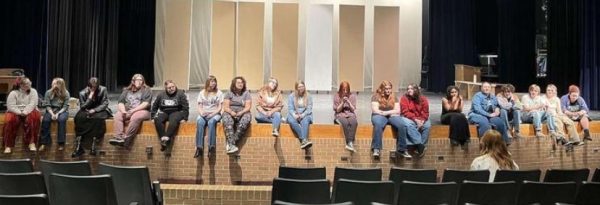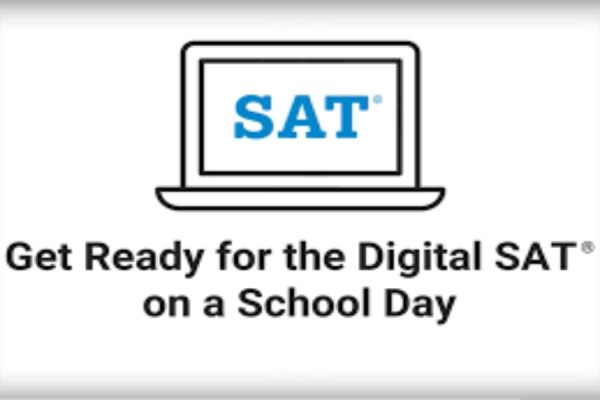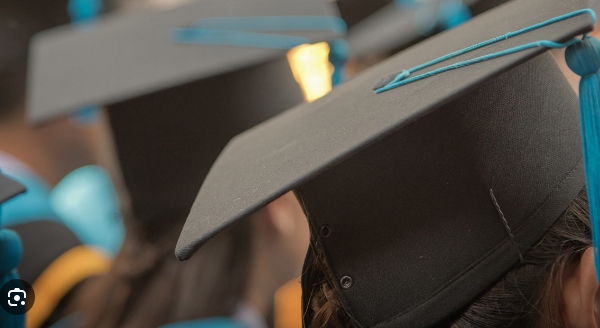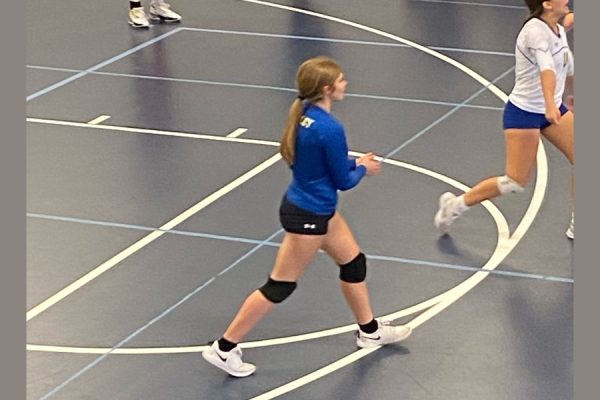Technology in the classroom hurts students, MIT study says
IMAGE / Lauren Richardson
Mr. Michael Whalen, economics teacher, uses Plickers, a technological device that records the students’ answers using his phone. The answers then appear on his SMART board behind him.
As time continues, so does the growth of technology.
And students using technology in their classes, it is assumed, must be learning more because of it.
But this may not be the case, according to a new study done by the School Effectiveness and Inequality Initiative, which is a research program based in the Massachusetts Institute of Technology’s Department of Economics.
The Washington Post recently published an article about the study.
For almost two decades the use of technology in the classroom has been harshly debated.
Some view it as an extensive and unique learning tool, used to only engage their classroom through a different form.
Others think the opposite, that those who play games, use social media, or simply stare at their phone all day should not have to learn through screens as well.
Students have always been the ones to lose their focus and dream of the things they would rather be doing instead of sitting in a classroom.
The SEII found that the more intelligent section of students at colleges and universities face disadvantages in the classroom when it comes to technology use in the classroom.
In the study, which was conducted at the U.S. Military Academy, the students using a technological device actually suffered a grade decrease.
This was shown for only the students who scored highly on their ACT or had a high GPA. Those who did not do as well on their ACT or had an average GPA showed little difference from the no-technology section counterpart.
The results were unusual. Typically the smarter students would have scored better, technology or not. But that was not the case.
The answer to the question, “Should students use technology in the classroom?” is, “No,” according to the test scores from the study.
Through the use of two separate treatment arms, we uncover evidence that this negative effect occurs in classrooms where laptops and tablets are permitted without restriction and in classrooms where students are only permitted to use tablets that must remain flat on the desk surface.
— School Effectiveness and Inequality Initiaive study
The cadets in the classrooms at West Point, an informal name for the Military Academy, individually used technology to their own benefit. One portion of a class used a laptop the entire class period. Another used a tablet. These students used their technological devices to take personal notes on the class discussions. In addition, the students only using tablets were not allowed to use email or play games.
What the study said is that this use of technology in a class creates an easy situation for an individual to get distracted. Students have to learn to engage themselves and not let social media or games distract them from the others in the room.
On its website, SEII wrote about its findings: “Through the use of two separate treatment arms, we uncover evidence that this negative effect occurs in classrooms where laptops and tablets are permitted without restriction and in classrooms where students are only permitted to use tablets that must remain flat on the desk surface.”
Mr. Michael Whalen, economics and AP microeconomics teacher, is an avid user of technology in his classroom.
But he uses it in a different manner than the classes at West Point.
Whalen uses technology to engage his class as a whole. He does not force a student behind a laptop for the whole period. Instead. he does class activities with Plickers, or even his SMART board.
These allow all of the students to participate together and work as a class instead of individually.

Mr. Michael Whalen, economics teacher, points out students’ answers on his SMART board.
“I do use different types of technology in the classroom. Some things I have used in the past are my SMART Board, iPad applications, and different audio or video activities,” Whalen said.
He believes these things act as more of a tool to engage than it does work as a distraction.
“I prefer to use it (technology) as long as it doesn’t become boring to the average student,” Whalen said. “If it is used appropriately, it can help break up the typical day of a high school student and make it more engaging.”
One student of Whalen’s AP class, senior Diane Bond, is fond of technology in the classroom.
“I like using different types of technology in most of my classes,” Bond said. “Taking notes on a laptop is a lot easier than writing them out by hand.”
The trick is finding the balance between too much or too little technology use in the classroom. It takes time to figure out what works best for your students as an educator.
— Mr. Michael Whalen, economics teacher
Whalen believes that when used correctly, technology can only broaden students’ knowledge.
“I believe that it can be more beneficial if it is applied appropriately, but it really depends on the pedagogical values of the educator,” Whalen said. “The trick is finding the balance between too much or too little technology use in the classroom. It takes time to figure out what works best for your students as an educator.”
Bond has found the same thing to be true when it comes to her as a student, but she also finds some drawbacks in its use.
“I find it to be beneficial. I’ve never had a problem staying focused when using a computer or phone in class,” Bond said. “I typically don’t like using technology to turn in assignments just because sometimes it can be unreliable.”
Bond has come to find that technology makes some classes easier. But she said other classes need to stick to the basics and use paper and pencil, such as math.
Ultimately, it may be that how the technology is specifically used in the classroom determines if it can really be helpful or detrimental.

Class: Junior
Extracurricular Activities: Dance
Hobbies/Interests: Shopping, music, dancing, sleeping
Plans after high school: Attending Michigan...

















Kevin Wychopen • Feb 21, 2020 at 9:56 am
I work in a small 7-12 grade high school in California. Each student has an Ipad. We spend a considerable amount of money each year in the servicing and replacing of the devices. I have been involved in school technology since 1985. Some uses seem to be a positive addition to the school experience, others not so much or not at all.
Question: does anyone know of any more recent research that might shed enough light on the subject to convince the true techno believers that a little is good, a lot is not.
Thanks, and MIT is the best.